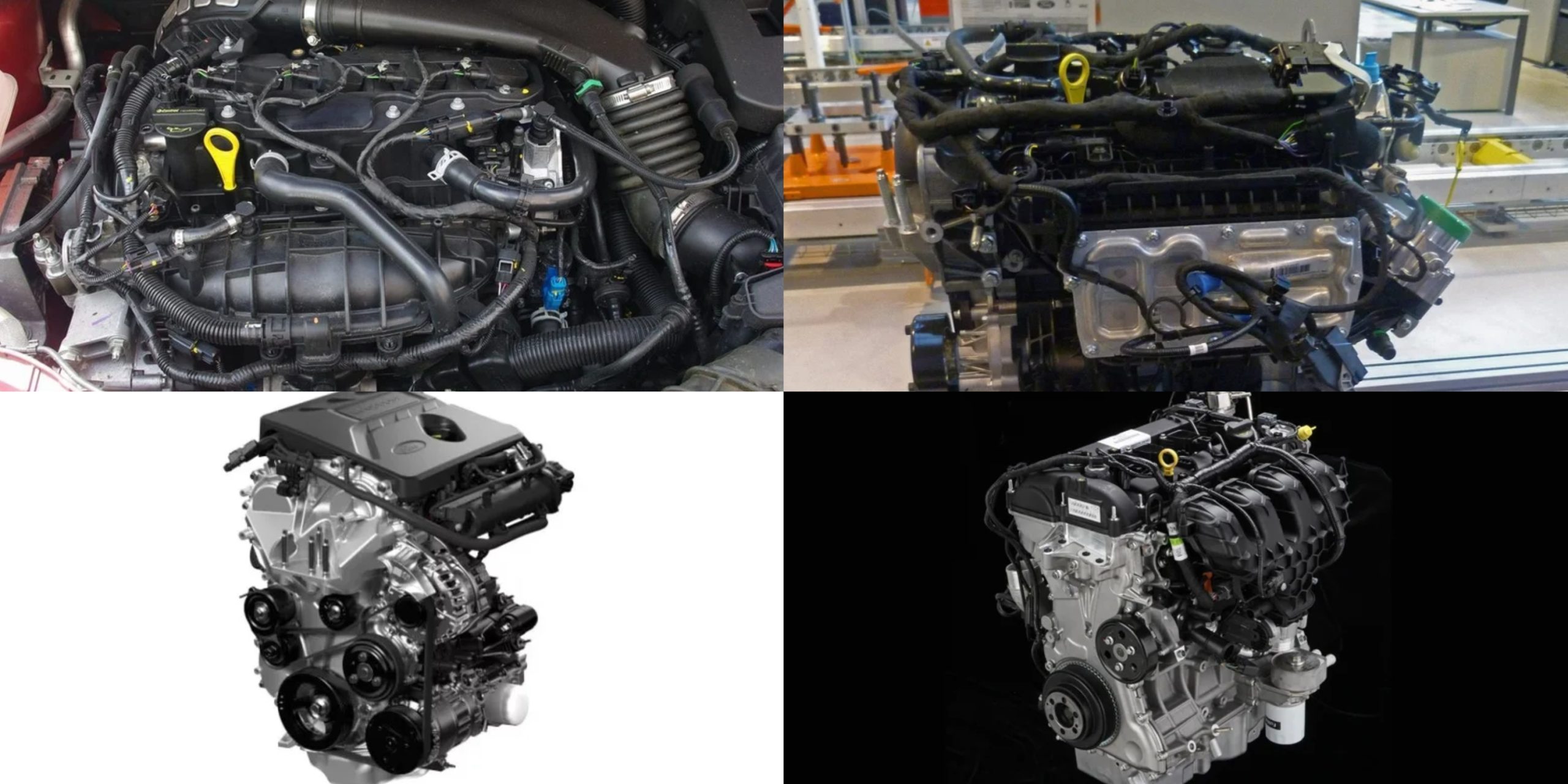The EcoBoost engine was first released for the 2010 model year. It combines a smaller engine size with direct fuel injection and variable cam timing to improve gas mileage. A turbocharger is included to give the engine more power and quicker acceleration.
When Ford launched this new type of engine, it was a big gamble, especially when the 2015 Ford F-150 came out with a 2.7-liter V6 EcoBoost engine. This was a bold move, considering how loyal many Americans are to the F-series trucks and their usual large V8 engines.
But the risk turned out to be worth it, as the company managed to meet government rules for pollution while still giving drivers the strength and speed they expect.
Ford first brought out the EcoBoost line in 2009 with three different versions. Now, there’s an EcoBoost engine for every gas-powered model on Ford’s Showroom website. But these engines are not all the same.
Some have had major problems that led to them being stopped, redesigned, or recalled. Others are just known to have common issues, even among mechanics who are usually patient and hopeful.
Here is a look at the EcoBoost engine family, with a ranking of both the well-liked and the troublesome ones in Ford’s long history.
Also Read: 10 Best Hybrid Cars of 2025 That Balance Fuel Efficiency, Reliability, and Everyday Comfort
Best Ford Eco-Boost Engines
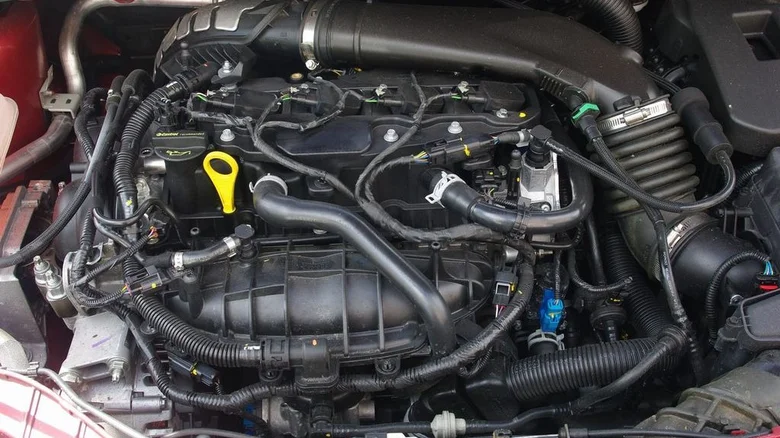
EcoBoost 1.6-liter Sigma
The 1.6-liter, four-cylinder EcoBoost engine was one of the first types Ford made, but it ended up being the one with the worst reputation from the first batch. It was built in Wales and first used in the C-Max and Focus, and then added to the S-Max in 2012.
In 2013, the Escape, Fusion, and Fiesta ST started using it, and in 2014 it was added to the Transit Connect. At that time, Ford owned Volvo, so this engine was used in some Volvo models too. But starting in 2016, Ford began removing the 1.6-liter EcoBoost from its vehicles, and it was completely gone by 2019.
It wasn’t a weak engine — the 1.6-liter EcoBoost could produce up to 197 horsepower depending on which car it was in — but it had more problems than any other early EcoBoost engine. It had fuel lines that could break and issues with overheating, which led to several recalls.
It just caused too many problems. One especially tragic case involved a man in South Africa who died after his Ford Kuga (called the Escape in the U.S.) caught fire and he couldn’t get out.

EcoBoost 1.5-liter Sigma
The 1.5-liter, four-cylinder EcoBoost engine is a unique addition to this list. Ford revealed this engine at the 2013 Shanghai Motor Show. It was the first time they expanded beyond the original EcoBoost engines.
The choice to introduce it in China was intentional — at the time, Chinese rules gave “energy-saving” status to gas-powered cars with engines smaller than 1.6 liters.
When Ford added the 1.5-liter engine to the 2014 Focus, the car qualified for a roughly $500 government discount, along with lower costs for insurance and registration.
Even though Ford promoted this smaller engine as having better performance and gas mileage, it was still built on the same base as the 1.6-liter engine.
That led to many of the same problems — the engine block could crack, coolant could leak in, and the engine could overheat or suffer serious damage if the block wasn’t replaced quickly.
In 2020, people filed a class action lawsuit against Ford. They claimed the company knew about the flaws in the first versions of the 1.5-, 1.6-, and 2.0-liter EcoBoost engines but didn’t do much besides temporary fixes, like adding a sensor to check coolant levels.
Still, in late 2019, Ford issued a Technical Service Bulletin that told mechanics to replace the entire short block and head gasket to properly fix the damage.
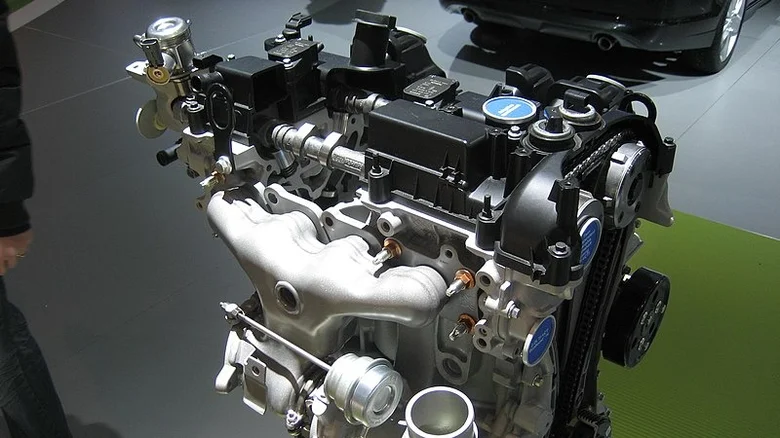
EcoBoost 2.0-liter GDI
The first version of the 2.0-liter, four-cylinder EcoBoost engine was only around for four years before a newer version came out. It was introduced in 2010 and shared many of the same problems as the 1.5- and 1.6-liter EcoBoost engines, like coolant leaking into the engine.
In this case, the coolant often leaked between cylinders two and three, causing white smoke and sometimes damaging the head gasket. If left unfixed, the engine might misfire or even stop working completely.
Other known problems with this version of the 2.0-liter engine included fuel pump failures and cracks in the exhaust manifold. These cracks could make the turbocharger fail since the turbo system relies on exhaust pressure to deliver more power and speed.
Still, the 2.0 was a strong engine, producing up to 200 horsepower and 221 lb-ft of torque, all in a compact design. Many of the problems were fixed when Ford updated the engine and released the new version called the 2.0-liter Twin Scroll. Details about that version will come later.

EcoBoost 1.0-liter Fox
The small three-cylinder 1.0-liter “Fox” engine was added to Ford’s growing list of EcoBoost engines in 2012, though it didn’t show up in American vehicles until a few years later.
This engine won multiple International Engine of the Year awards. In 2017, it was redesigned to include the ability to run on just two cylinders when needed, which helped make it more balanced and efficient.
The Fox engine shows how a small engine can still deliver strong performance when combined with a turbocharger and smart engineering.
Even though it could make up to 125 horsepower and 150 lb-ft of torque, getting that much power out of such a tiny engine brought some problems. The “Fox” engine, which was mainly used in smaller cars like the Fiesta and EcoSport, often ran hot.
On top of that, early versions had a bad lower coolant hose. If not fixed, this could lead to problems with the head gasket and cylinder head. Ford fixed this issue and paid to replace many engines that were affected.

EcoBoost 1.5-liter Dragon
Launched in 2014, the “Dragon” is seen as a more advanced version of the Fox engine. Ford included cylinder deactivation technology to help save gas, and it uses both direct fuel injection and port fuel injection, which is common in many EcoBoost engines.
This three-cylinder, 1.5-liter engine powers some versions of the Focus, Escape, Fiesta, and the well-liked Ford Bronco Sport. In the Bronco Sport, it can deliver a solid 181 horsepower.
The 1.5-liter “Dragon” is thought to be very dependable. It mostly has the same kinds of problems seen in many EcoBoost engines, like carbon buildup and occasional fuel pump trouble. But one regular complaint is tied to a feature that some people think makes the engine worse.
The cylinder deactivation system helps it use less fuel and makes it more eco-conscious, but it also reduces power by shutting down about one-third of the engine. Still, most agree that the good points of the 1.5L engine are stronger than the downsides.
Worst Ford Eco-Boost Engines
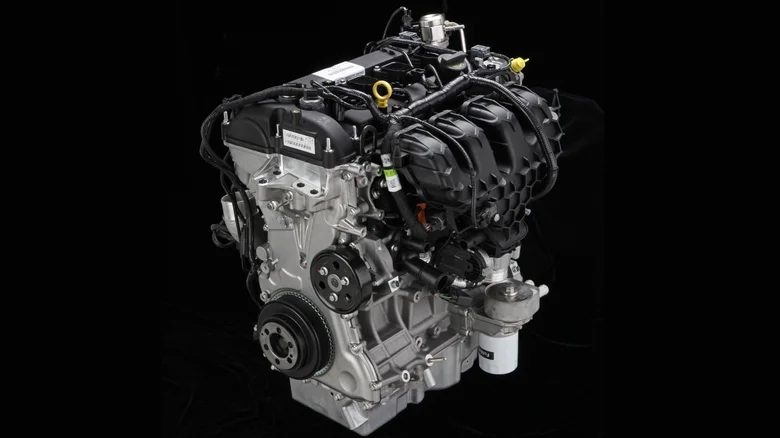
EcoBoost 2.0-liter Twin Scroll
This version is a big step forward compared to the earlier model. The Twin Scroll is now used in many different vehicles and fixed a lot of the problems with coolant leaking that were common in the first generation of the 2.0-liter engine, though not every issue went away.
Once Ford saw there were problems with the early EcoBoost four-cylinder engines, the company started working on new designs.
The old 2.0-liter GDI was replaced with a completely new version. This updated engine had a higher compression ratio, better fuel and oil systems, and a twin-scroll turbocharger. That new type of turbo helps the engine work more smoothly and respond faster.
The 2.0-liter EcoBoost is used in a variety of vehicles, but the most powerful version is found in the Ford Maverick, where it puts out 250 horsepower and 277 pound-feet of torque.
It’s also used in the Mondeo and Lincoln Zephyr. Most people say it’s a dependable engine, though one issue is common: the boost solenoid can stop working earlier than expected.
When that happens, the turbo doesn’t work right, the check engine light comes on, and the engine loses power. Luckily, this is a pretty simple and low-cost repair for people who like to work on cars at home.
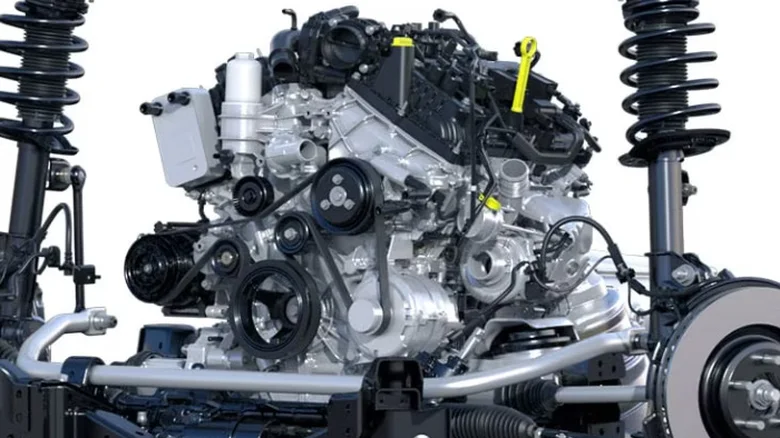
EcoBoost 3.0-liter Nano
This engine is based on the successful 2.7-liter Nano V6 and has carried the same Nano name since it first appeared in the 2017 Lincoln Continental.
Ford made it larger by widening the cylinder bore and lengthening the piston stroke. Instead of using the compacted graphite from the 2.7-liter version, the 3.0-liter was made with cast aluminum. Still, much of the basic design stayed the same.
You can find the 3.0-liter EcoBoost in vehicles like the Explorer ST, where it produces up to 400 horsepower. In the plug-in hybrid version used in the Lincoln Aviator, the same engine delivers 494 horsepower and 630 pound-feet of torque, which is impressive for its size.
This engine is seen as very dependable, with one known issue affecting older models. Those earlier versions used a plastic oil pan attached to an aluminum engine block, and the seal between the two materials often leaked.
In 2019, a technical service bulletin (TSB) was issued, telling technicians to replace the RTV seal with a press-in-place gasket.
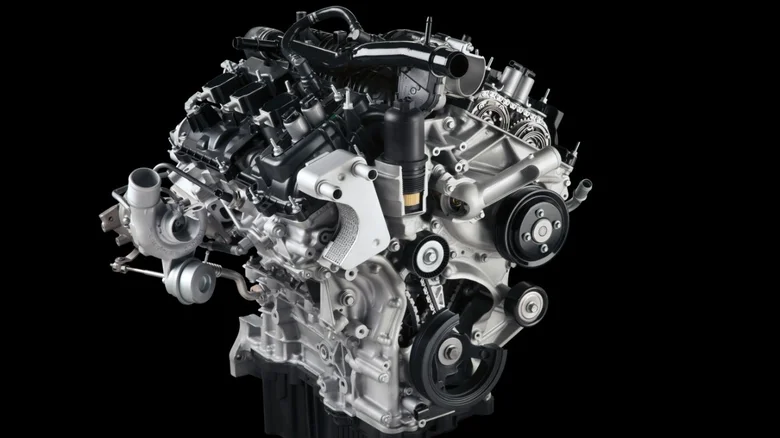
EcoBoost 2.7-liter Nano
The “Nano” EcoBoost engine came out in 2015 and was one of the options available for the Ford F-150. At the time, people liked the 2.7-liter EcoBoost because it was priced fairly and handled well.
However, some said it didn’t sound or feel like a typical truck engine. Today, the F-150 is still the top-selling pickup truck in the country, and this engine was used in many of those trucks.
In 2018, the engine got a big update. Ford added port fuel injection to go along with the direct injection that EcoBoost engines usually have. They made the engine lighter with a new camshaft and improved its strength with a stronger dual-chain drive.
The way the turbo worked was updated, changes were made to the EGR system, and the oil pump was replaced to give better oil flow and reduce power loss. Ford refers to this version as the “second generation” of the 2.7-liter V6.
To show what kind of performance this engine offers, take the 2023 Ford F-150 XL. It uses the 2.7-liter Nano and produces 325 horsepower and 400 pound-feet of torque, with the ability to tow up to 10,100 pounds.
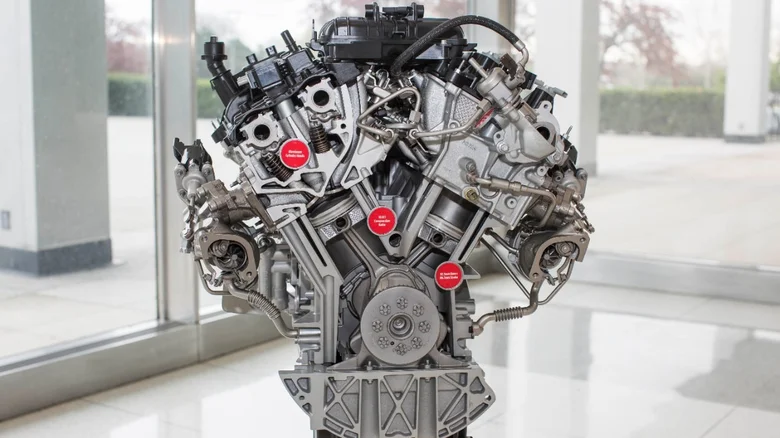
EcoBoost 3.5-liter Cyclone
Ford first shared news of the EcoBoost engines in a press release in 2008. The first one in the series was the 3.5-liter, twin-turbo V6. It made its debut in the 2009 Lincoln MKS, where it aimed to give the power of a V8 with the fuel savings of a V6.
A new version of this engine was shown at the 2015 Detroit Auto Show. It powered the new 2017 Ford GT supercar.
Back in 2005, the Ford GT had a 5.4-liter supercharged V8 that made 500 horsepower and 500 pound-feet of torque. But in 2017, the GT used a 3.5-liter V6 and still managed to produce 647 horsepower and 550 pound-feet of torque.
Many vehicles use the “Cyclone” engine today. The F-150, for example, comes with a standard EcoBoost version that makes 400 horsepower and 500 pound-feet of torque.
When equipped with a towing package, it can pull up to 14,000 pounds. There’s also a High Output version for the Raptor that adds 50 more horsepower and 10 more pound-feet of torque.
Even though it’s a strong and widely used engine, the 3.5-liter EcoBoost did have some problems. The first generation often had trouble with the timing chain. Ford fixed that in the second generation, but a new issue came up with the cam phasers, which caused a loud rattling noise for the first few years of the newer version.
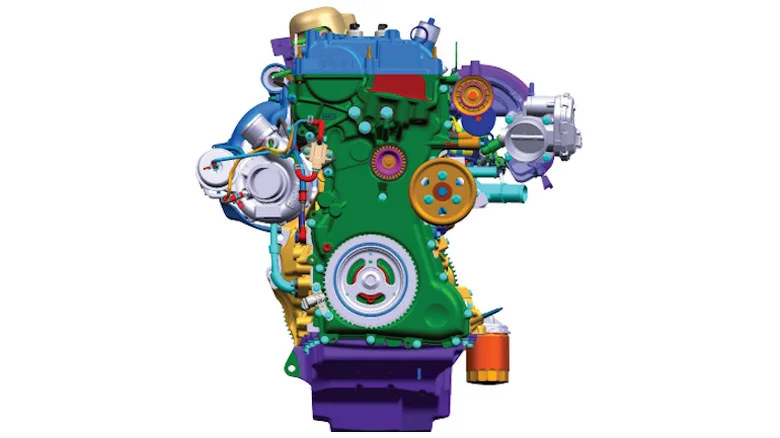
EcoBoost 2.3-liter GDI
The 2.3-liter EcoBoost engine came out in 2015 and is the strongest four-cylinder engine in the EcoBoost family. It was first used in the 2015 Lincoln MKC, then added to the Ford Explorer and Focus RS for the following model year.
But it’s best known for powering the Mustang. When Ford announced that this engine would be an option for the S550 Mustang, along with the 3.7-liter non-turbo six-cylinder and the 5.0-liter Coyote V8 (used in the GT), it sparked some debate among Mustang fans.
Still, the EcoBoost’s 310 horsepower and 320 pound-foot of torque matched the performance of the older 4.6-liter V8 from the previous generation.
For the 2024 model year, Ford gave the Mustang’s EcoBoost engine an update. It now produces 315 horsepower and 350 pound-foot of torque. That’s a small boost from the year before.
Also Read: 10 Cars That Mechanics Recommend for Life-Long Reliability and 250,000+ Mile Potential
While it doesn’t come close to the 500 horsepower in the 2024 Ford Mustang Dark Horse’s 5.0-liter V8, it still holds up well for a turbocharged four-cylinder. The 2.3-liter engine is also found in other popular Ford models like the Explorer, Everest, and Bronco.
There aren’t many problems with the 2.3-liter EcoBoost. Like all EcoBoost engines, it can have carbon buildup due to its direct-injection system, but that’s expected and isn’t a major issue compared to the other engines we’ve covered.
Some of the early versions had trouble with the exhaust getting hotter than planned, but that was fixed by adding extra heat shielding.

